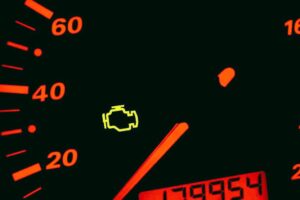Four-cylinder engines are easy to work with, but it’s different with V8s. For instance, even a Chevy 350 small block engine is intimidating if you’ve never worked with one before. In this article, I’ll discuss the small block Chevy firing order – SBC.
The firing order of a small block Chevy is 1-8-4-3-6-5-7-2. This firing order is the same in Chevy’s small-block V8 engines. To determine which cylinder is number one, you need to start counting from the front of the engine on the driver’s side and then to the rear.
There is a right way to set the firing order of a small block Chevy. It will depend on the cylinder heads, camshaft, centrifugal advance curve in the distributor, and compression ratio. For a high-performance small block Chevy, the ‘normal’ base timing is 12 to 18 degrees before the top dead center (BTDC). The total timing at full centrifugal advance should be around 34 to 36 degrees.
Read on to learn more about the firing order of a small block Chevy and its importance.
Small Block Chevy Firing Order
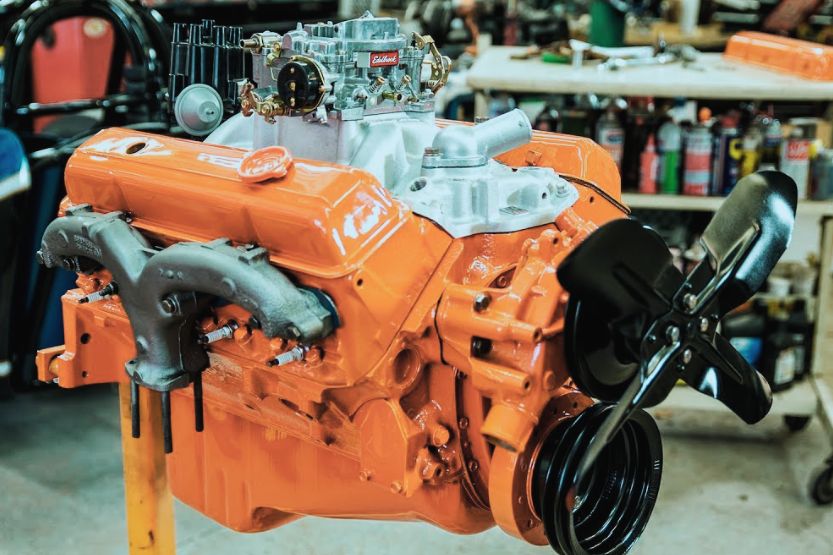
A typical small block Chevy has a firing order of 1-8-4-3-6-5-7-2. This SBC firing order is the same across Chevy’s small-block V8 engines.
To determine which of the cylinders is number one, you must count from the front of the engine on the driver’s side and then continue counting towards the rear.
You also need to follow the correct way of setting the SBC timing. Four things affect the SBC timing, including the following:
- Compression ratio
- Cylinder heads
- Centrifugal advance curve in the distributor
- camshaft
The SBC gets its name because it’s a small block engine, unlike other variants with bigger block engines.
SBC sizes range from 262 cubic inches, while big engine blocks range from 348 to 582 cubic inches. But no matter their size, SBCs, and bigger block engines have the same firing order of 1-8-4-3-6-5-7-2.
The firing order of an engine should always be set correctly. If not, the engine may still run, but not properly. If the engine’s firing order is incorrect, the sparks from the spark plugs will occur when there is no air and fuel mixture inside the cylinder.
Or the sparks may occur when there is no air and fuel mixture compression. In extreme cases, the engine may not even run after turning on the ignition key.
What Is the Firing Order for Ford?
What Is Engine Firing Order?
Designed to Maximize Performance
All internal combustion engines (ICEs) have a meticulously coordinated firing order. They are designed to maximize their performance, reduce vibration, and balance them. However, different engine manufacturers use other firing orders.
No Such Thing as Universal Firing Order
So, there is no such thing as a universal firing order. The firing order of a particular engine depends on its size and specifications.
No engine fires in the sequence of 1-2-3-4-5-6-7-8, and so forth. This firing order will cause the engine to self-destruct.
To prevent this scenario, engine manufacturers have to devise a firing order wherein the engines can shuffle the combustion to create a balance of power inside the combustion chambers.
Order by Which Cylinders of the Engine Produce and Deliver Power
The engine firing order is the sequence or order by which the cylinders of the engine fire or produce and deliver power.
Most car manufacturers designate the cylinder at the front-most or the one that is closest to the radiator as cylinder number one. So the cylinders behind the no. 1 are defined as 2, 3, 4, and so on.
Number of Cylinders Affects the Firing Order
The number of cylinders affects the firing order. However, the number of cylinders will also vary according to the engine’s design. The industry does not follow a uniform standard in numbering the cylinders in V-type engines.
However, in in-line engines, manufacturers usually designate the cylinder closest to the radiator as the number one cylinder. The cylinder behind it is no. 2 and so forth.
As I mentioned, there is no standard method of numbering the cylinders in V-type engines. In practice, it is the first cylinder on the right front-side bank.
Spark Produced Ignites the Air and Fuel Mixture
If you look at it from another aspect, an engine’s firing order is the sequence in which each cylinder receives a spark from the ignition system. In an ICE, the spark produced by the spark plug ignites the air and fuel mixture. The firing of the A/F mixture is the thing that makes the engine run.
V8 Engines Have More Precise Coordination
The SBC will only work correctly if this ignition occurs in its pre-determined pattern or firing order. As the SBC is a V8 engine, if all the eight cylinders fire simultaneously, it will put huge loads on the crankshaft, and the engine will likely blow up while it is cranking.
This is why engine builders design the proper configuration and firing order of ICEs. They made it so that if one cylinder is firing, the other cylinders are on different strokes, but all are working in sync.
With more cylinders inside the engine, like the V8, there will be more precise coordination in the firing order.
Accurately Calibrated Small Block Chevy Firing Order
The firing order for a small block Chevy is accurately calibrated so that the engine can operate smoothly, it is also well-balanced as it works, and its vibrations are minimized. Most importantly, an engine running in its designed firing order will last long.
What Happens If the Firing Order of an Engine Is Incorrect?
What happens if the firing order of an engine is incorrect? The ride of the vehicle will be similar to riding a bucking bronco. If the firing order is not corrected, you’ll have a seriously damaged engine.
Not all V8 engines have the same firing order. Different engine manufacturers don’t follow a standard firing order when they produce their engines. So, you need to know the firing order of your vehicle’s motor.
Keeping the firing order of your motor in memory is the first step you need to take before you open your vehicle’s hood if you are starting a new car project.
Consider the SBC firing order as the heartbeat of the engine. In addition, the engine will not run properly if you do not connect the spark plug wires correctly to the distributor cap.
How to Locate Cylinder Number One
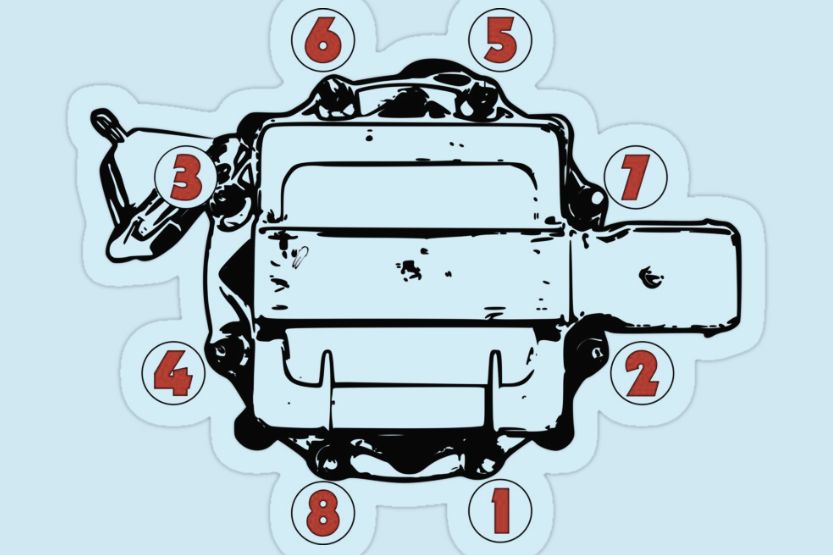
Engine makers design the layout of their engine cylinders so that anyone can quickly determine which is which. In the case of the SBC, the numbering of the cylinders starts at the front of the engine, then goes to the rear, and goes from the driver’s side. The numbers alternate from left to right.
The cylinder at the left front is number 1. Then you have to work back on the engine from left to right. If there is an odd-numbered cylinder, it would be located on the left side of the engine. An even numbered cylinder would be found on the engine’s right-hand side.
Also, remember that the spark plug positions do not matter regarding the motor’s firing order so long as you always maintain the correct sequence.
If there’s a valid reason to rotate a distributor cap, you can pull its wires and rotate them; nothing wrong will happen. But you should always maintain the correct firing order.
Again, what is the small block Chevy firing order? A small block Chevy firing order is 1-8-4-3-6-5-7-2. This order refers to the order by which the spark plugs fire. This means the spark plug fires first at cylinder number one and lastly at cylinder number two. Note that the spark plugs are numbered from the engine’s front to the back.
Why Do We Need Firing Order?
Influences the Engine’s Vibration
Firing order is essential because it influences the vibration of the engine. As you know, an engine that runs with minimum vibration translates into a smooth ride. The passengers won’t feel any vibration coming from the engine as they travel down the road.
Effects of Mixing Up the Spark Plugs
Mixing up the spark plugs may cause the engine to run poorly, cause backfires, and even cause the engine not to start.
What Will Happen If Two Adjacent Spark Plugs Fire Right After Another?
If two adjacent spark plugs in an engine fire right after each other, you must not route their wires near each other.
Having this kind of wiring connection may cause crossfire between the plugs. The spark from a spark plug will create a magnetic field that can prematurely fire the next spark plug.
This will cause the engine to misfire and run roughly. You can avoid this by crisscrossing the two adjacent plug wires. With this remedy, the magnetic induction will be canceled out.
Engines That Do Not Use Distributors in the Ignition Systems and Engines
Some engines don’t use distributors in their ignition systems and engines with the coil-on-plug ignition system. Their firing orders are different from the regular ICEs in that the ECU controls them.
In this design, the crankshaft position sensor and the camshaft position sensor (on some engines) send input signals to the ECU or car computer. This tells the computer which piston is approaching the top dead center on its compression stroke.
According to the engine’s firing order, the ECU will trigger the spark plug to fire, the next, and so on.
Factors Affecting the Firing Order of an Engine
Before an engine manufacturer can design the firing order of an engine, they need to consider several factors that affect the sequence. What are these factors?
- Self-ignition temperature: The flash point of a fuel is the lowest temperature required to evaporate so it can form a combustible gas concentration. For gasoline, the flash point is -45°F, and auto-ignition is 536°F.
- Combustion wall chamber temperature
- Spark timing is when the spark plug fires, usually at the end of the compression stroke.
- Air to fuel ratio: This is the air to fuel mixture that is burned inside the combustion chamber.
- Fuel’s molecular structure: Carbon and hydrogen atoms are the essential molecules of fuel. So, their basic molecular structure is a hydrocarbon. Fuels used in engines are generally called hydrocarbon-based fuels.
- Effect of high temperature and pressure after compression: When the temperature is increased after compression, the internal energy is increased. As gas is compressed, its volume decreases, but its pressure rises.
- A fuel’s burn rate: The time required for the A/F mixture to burn entirely with the piston almost at the top of the cylinder. It is the speed at which gasoline releases its energy.
- Spark intensity and duration: The spark level and the time a spark from the spark plug lasts.
Frequently Asked Questions
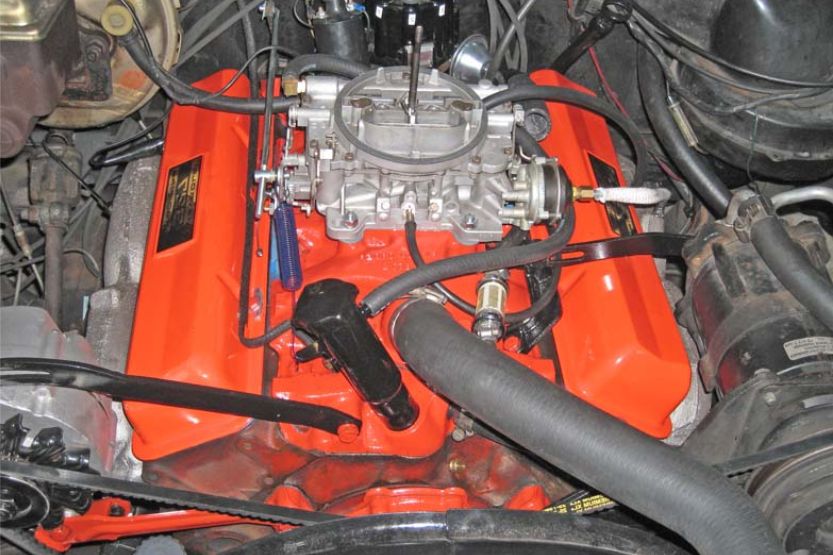
Here are some answers to the most often asked questions about SBCs. If you still have some questions after reading this article, perhaps one of the answers listed below will enlighten you more:
What Is the Firing Order for a Small Block Chevy?
The firing order of a small block Chevy is 1-8-4-3-6-5-7-2. This is the same firing order for bigger V8 Chevy engines. Their only difference is the displacement of the engines.
The displacement ranges from 262 to 400 cubic inches for smaller block engines. In bigger block engines, it ranges from 348 to 582 cubic inches.
Which Cylinder Is the Number One Cylinder in an SBC?
The number one cylinder is located at the front of the engine. It is the cylinder nearest the timing cover. On a V-type engine, it is the one that is a little ahead of the other going to the front of the motor.
What Will Happen If the Firing Order of an SBS Is Incorrect?
A wrong firing order will cause a spark in a cylinder when no air and fuel mixture is burned. Another possible thing is that the air and fuel mixture will not be adequately compressed. It may also cause the engine not to start after the ignition key is turned on.
Why Is the Firing Order Not in the Sequence of 1, 2, 3, 4, and So On?
Manufacturers do not design the firing order of an engine as such because it would deform the crankshaft or break it. Engine manufacturers shuttle the combustion sequence to create power balance inside the engine.
What’s the Importance of Firing Order?
It is essential because it can minimize engine vibrations. An engine that does not vibrate excessively will translate to a smoother ride. Since the engine does not vibrate so much, it will also be able to operate much longer – meaning it won’t conk out prematurely.
Can You Change the Firing Order of an Engine?
No, you can’t change an engine’s firing order once it is entirely manufactured. The firing order is already set in the original design of the crankshaft and the camshaft.
In Closing: Firing Order of Small Block Chevy
A small block Chevy has a firing order of 1-8-4-3-6-5-7-2. All of Chevy’s small-block V8 engines have this same firing order.
If you want to find out which cylinder is number one, you have to start counting from the front of the engine on the driver’s side and then continue counting to the rear.
The correct way of setting up the firing order of an SBC depends on four things:
- Compression ratio,
- Centrifugal advance curve in the distributor,
- Camshaft, and
- Cylinder heads.

![Chevy 350 Firing Order [V8 Big Block, Small Block, 5.3, 5.7] chevy 350 firing order](https://roadsumo.com/wp-content/uploads/2021/07/chevy-350-firing-order-150x150.jpg)
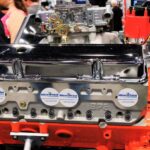
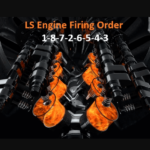
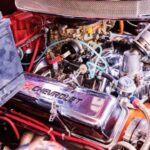
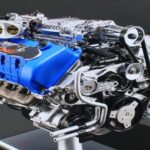
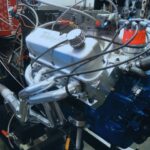
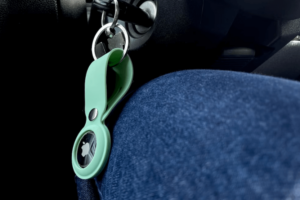
![Read more about the article Interference Engine List [and Non-Interference Engine List]](https://roadsumo.com/wp-content/uploads/2021/06/interference-engine-list-300x200.jpg)
